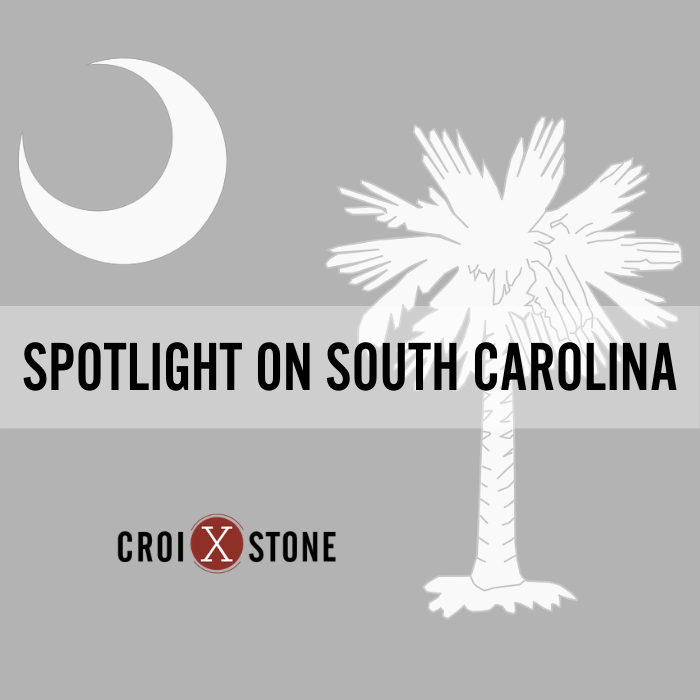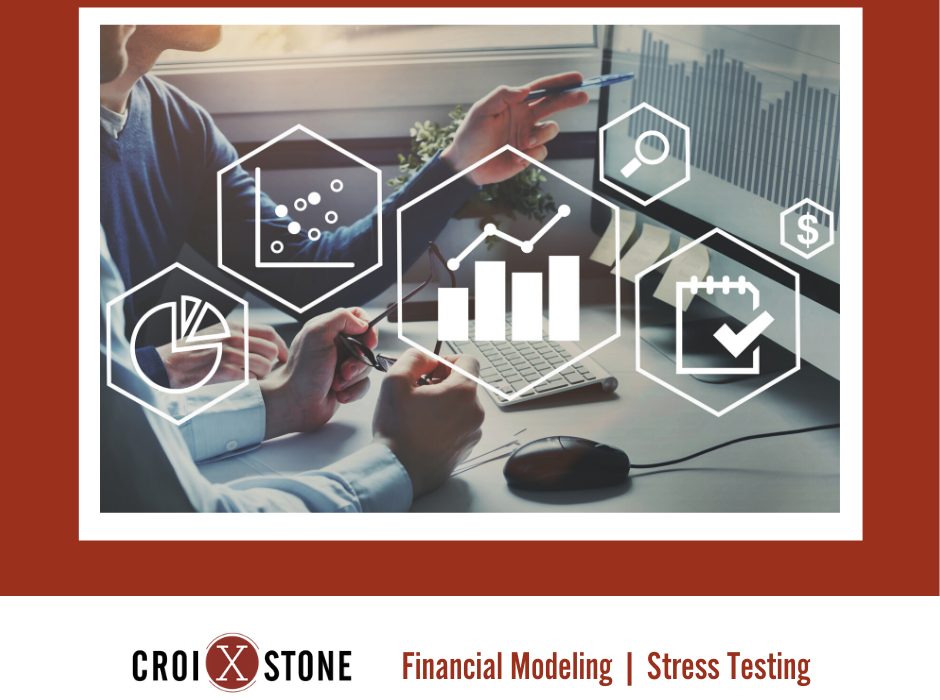Insights into the Middle Market
Croixstone is laser focused on providing expertise to serve the middle market, defined as those companies with annual revenues between $10 million and $1 billion. The National Center for the Middle Market recently published new data and insights on this important sector of the economy that we found interesting.
- While representing barely 3% of all U.S. businesses, the middle market is responsible for 1/3 of private sector GDP and employment.
- If the U.S. middle market were its own country, it would be the fifth-largest economy in the world.
- During the pre-pandemic era from 2012-2019, average revenue growth for midsize companies was 6.5% and average employment growth was 4.3%.
- A Q4 2020 middle market survey showed that average revenue declined by 1.2% and employment dropped by 2.2% over the prior 12 months.
- While the pandemic negatively impacted the middle market, the sector overall performed better than small businesses and large corporations.
- Middle market companies are typically very resilient, however, the ongoing pandemic presents a serious challenge on how to maintain customer engagement and connectivity.









